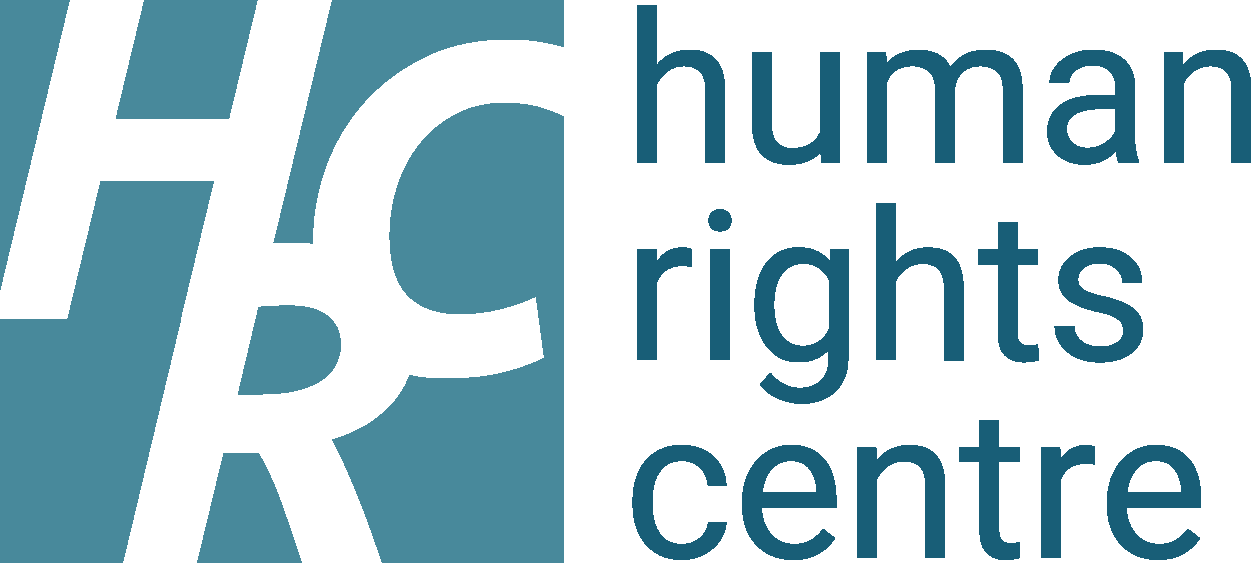The Custody Story: how can children benefit from children’s rights and child-friendly justice?
In celebration of the thirtieth anniversary of the Convention of the Rights of the Child, Evelyn Merckx presented parts of her research during two conferences. In Leuven, Evelyn elaborated on the achievements of article 12 CRC (the right of the child to express views) and the road still ahead. During the conference organized by the International Society of Family Law, Evelyn stressed the need to combine children’s rights and child-friendly justice to enhance the child’s well-being. The following blogpost briefly summarizes key aspects of both presentations.
What can enhance children’s well-being during and after custody and contact proceedings?
As relying on social sciences can be risky for a legal scholar, only fairly unanimous results are discussed. Firstly, children benefit from qualitative contact with their parents. Secondly, they suffer from persistent and serious conflict and thirdly, children need to feel like they matter.
Why the focus on custody and contact after parental separation?
Parents are the legal representatives of children and are supposed to safeguard their rights. However, the interests of both parents are often in conflict with each other and are not always in line with the interests of their children. In many countries, children cannot be represented by a youth lawyer or a guardian ad litem when a conflict of interests occurs. Yet, custody and contact arrangements and decisions impact children’s daily lives to a great extent.
How can children still have a say in a meaningful way?
Children can be heard by a judge or a social welfare agent through article 12 CRC. However, a balance needs to be found between protection and participation. The exercise of this right should therefore be combined with all other relevant CRC provisions, including article 3 CRC (the child’s best interests) and article 9 CRC (the child’s right to contact with both parents). As the meeting of the child with these professionals can be daunting, child-friendly justice should be ensured.
What main issues occur that impact the child’s well-being?
Many relevant provisions and guidelines are formulated in a vague manner and are not well-known to practitioners. Therefore, little uniformity exists as to how they should be implemented in practice. Many children are denied (meaningful) participation, often solely depending on the judge that happens to handle their parents’ case. For instance, even though the CRC foresees it, in many countries the opinions of children are not sought when they are younger than twelve or when parents mediate or reach an agreement.
Moreover, due to the lack of information, children are frequently unaware of their right to be heard. When they are heard, they do not receive any feedback as to the extent their views were taking into account.
Furthermore, though many legal proceedings arise from children refusing to contact a parent, parents are frequently not held accountable when they refuse contact.
Lastly, due to the conflictual nature of a traditional, adversarial separation procedure, many children experience pressure. This problem is exacerbated by the widespread practice to grant parents insight into the report of the meeting of the child with the judge. This type of procedures also have a tendency to heighten the conflict between parents, which negatively affects the child’s well-being.
How to tackle these issues?
In principle, viewing legal tools in the light of well-established social science research is sufficient to safeguard children’s well-being profoundly. However, the following challenges should be tackled: Firstly, efforts should be undertaken to change longstanding traditions. Secondly, the allocation of financial means should be sufficient and last but not least, the mind-set adopted by professionals should become child-centred.
